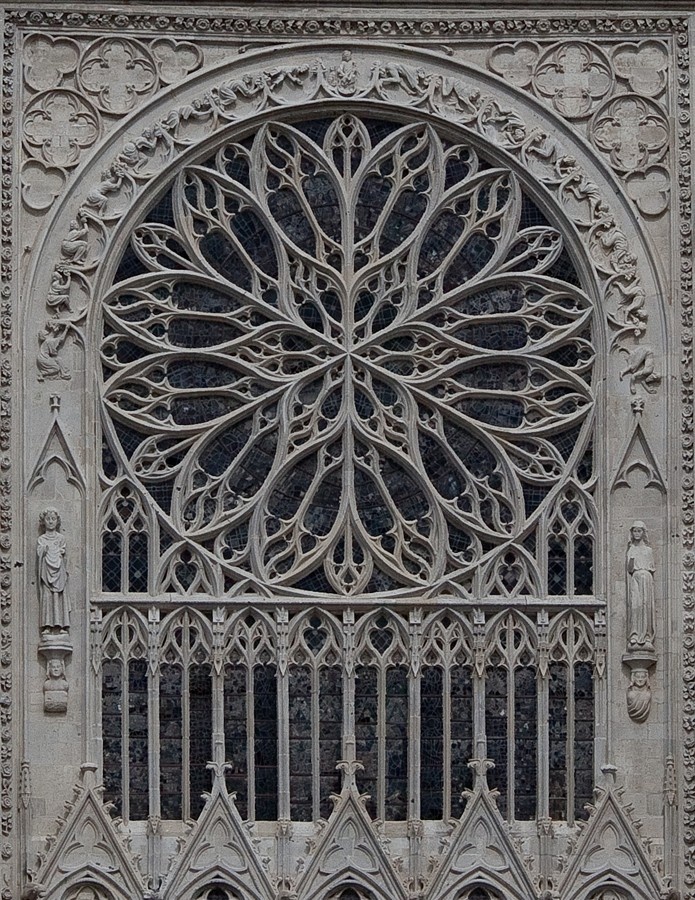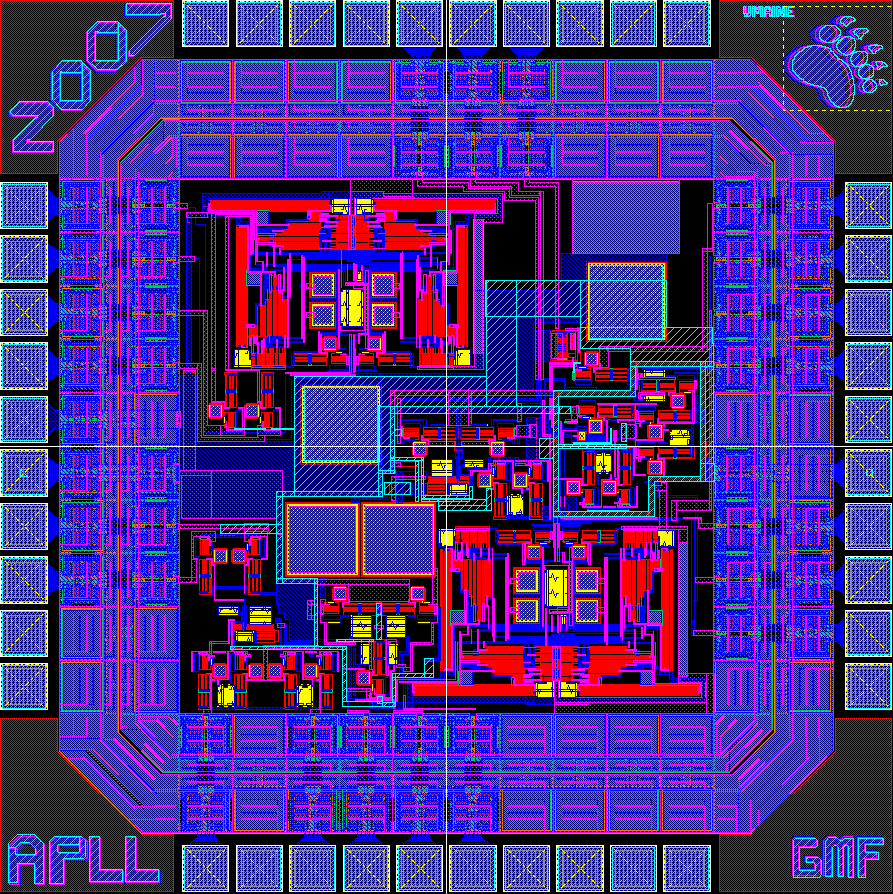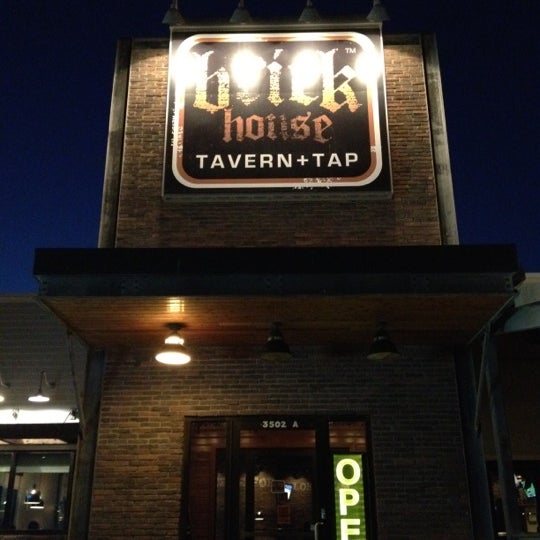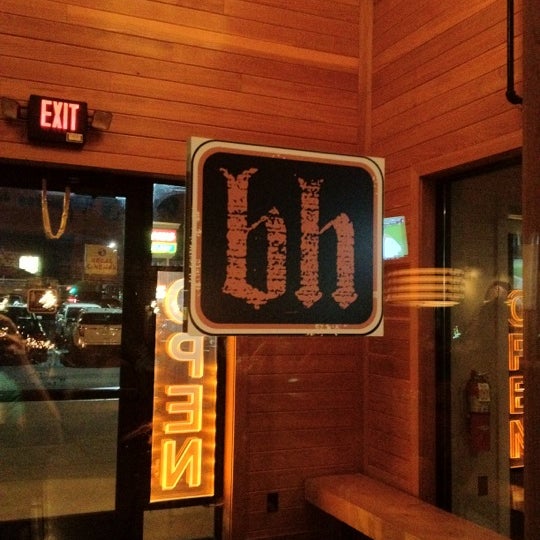Table Of Content

He then initiated the building of the cathedral and some of his work is still visible on the facade. The basilica receives many tourists every year and is considered an important place of religious pilgrimage. Most of the French Kings that reigned between the 10th and 18th centuries are also laid to rest in their tombs which are housed at the basilica. There are also several kings from older periods resting in eternity at the basilica such as Charles Martel who was instrumental in crushing the invading forces of the Umayyad Caliphate in 732 at the Battle of Tours. Running parallel to the development of early Gothic architecture was Norman architecture which was popular in the 11th century in Normandy and England.
Classic Elements
Justin is working for artincontext.org as an author and content writer since 2022. Justin’s preferred literary movements include modern and postmodern literature with literary fiction and genre fiction like sci-fi, post-apocalyptic, and horror being of particular interest. He enjoys analyzing a variety of mediums through a literary lens, such as graphic novels, film, and video games.
What movements have been influenced by or have influenced Gothic architecture?
This ensures the style's origins are celebrated while ensuring your scheme doesn't feel like a time capsule. Below is a list of buildings that are often regarded as the best examples of Gothic Architecture. It’s scaled back, but in Romanesque architecture, you can see fine details and carved stonework. You will find stories from the bible, depicted mostly around column capitals and within the Tympanum, the main archway above the entrance to a church.
Selena Gomez Nailed the Gothic Coquette Aesthetic by Combining at Least 6 Popular Trends - Glamour
Selena Gomez Nailed the Gothic Coquette Aesthetic by Combining at Least 6 Popular Trends.
Posted: Sat, 24 Feb 2024 08:00:00 GMT [source]
Medieval Architecture Reborn: Victorian Gothic Styles
Since the combination of ribs and piers relieved the intervening vertical wall spaces of their supportive function, these walls could be built thinner and could even be opened up with large windows or other glazing. Rayonnant is a term used to describe the style of French High Gothic architecture. Architects began to emphasize repetitive decorative motifs, a smaller, more human-scaled building, and a plethora of stained glass. The radiating “rays” of light that streamed through the glass gave the movement its name.
This allowed architects to construct massive stained glass windows that would let incredible amounts of light into the interior space. The cathedrals had side aisles, sometimes two on each side of the main area, with rib vaults covering them. Its height matched that of the sloping wooden roof covering the side aisle vaults. Above the triforium passage, the solid wall turned into slender vertical structures with large stained-glass windows, divided by delicate stone tracery. The flying buttress is a gothic architecture feature that defines the external characteristics and acts to spread the tall walls' weight. The architects' used the flying buttresses to support the building's structure by transferring the force to the ground.
It was not until 1965 that the building was completed in the form it currently stands. It is world-renowned for its masses of complex pinnacles and spires which serve both structural as well as aesthetic purposes. It is rated as the third largest cathedral globally, and the facade is particularly admired for its highly ornate decorations and detail. It has the second-tallest spires and is the largest cathedral designed in the Gothic style in Northern Europe. Salisbury Cathedral is situated in Salisbury, United Kingdom, and is regarded as a prime example of Gothic architecture in England.
The Difference Between Gothic vs. Romanesque Architecture
Thanks in large part to the city’s connection with the Pope, Orvieto contains one of the best examples of Italian Gothic Architecture. The Cathedral of Orvieto is also known for the many different frescoes which decorate the interior and the front facade of the building. These frescoes, some painted by renowned Italian artist, Luca Signorelli, are some of the church’s most iconic features.
Rib vaults

A pointed arch is stronger than the rounded Roman arch, therefore allowing for the construction of taller buildings. It is almost impossible to think of Gothic architecture and not talk about the dominance of ornamentation. Gothic architecture buildings featured colonettes, sculpted mouldings, historical figurines and statues, pinnacles and spires, decorative colonnades, gargoyles, and grotesque statues that functioned as water spouts. Reminiscent of natural elements, these ornate features range from leafy capitals to human heads defining the projecting corbels.
Another key feature of Gothic architecture was the extensive use of stained glass, and a revival of the medieval rose window, which brought light and colour to the interior. Innovations in tracery – the stone framework that supports the glass – also meant windows could be larger and of increasingly complex patterns. The rose was a symbol of the Virgin Mary, and they were particularly used in churches dedicated to her, including Notre-Dame de Paris.
With soaring vaults and resplendent stained glass windows, Gothic architecture attempted to recreate a heavenly environment on earth. Wealthy noblemen commissioned sumptuous manuscript illuminations, and toward the end of the Gothic era in the 14th century, elaborate altarpieces and frescoes became more common in churches and chapels. It was not until the mid-1700s with the Gothic Revival in England that the style shed its negative associations. Subsequently Gothic architecture in particular inspired new churches in the 19th century, city buildings, and university architecture well into the 20th century. This first phase lasted from the Gothic style’s inception in 1120–50 to about 1200. The earliest surviving Gothic building was the abbey of Saint-Denis in Paris, begun in about 1140.
So-called "flying buttresses" are freestanding brick or stone supports attached to the exterior walls by an arch or a half-arch, giving the buildings an impression of potential winged flight in addition to a vital source of support. After the construction of numerous gothic buildings, design tastes again shifted back to the more neat and straight lines that referenced architecture of the Classical era. When most people think of Gothic architecture, Notre Dame is the first church that comes to mind.
This article will try to explain more the characteristic of gothic architecture and style with some examples. Salisbury Cathedral is known for its central spire which towers 404 feet (123 m) over the surrounding town. The church also has a vast green space surrounding it on all sides, this open area is known as the “Cathedral Close.” Today modern photographers are able to take photos showing the church in its entirety thanks to this open space. Unlike many other Gothic Cathedrals, Salisbury Cathedral was built in one cohesive style, making it one of the best examples of Early Gothic Architecture in the United Kingdom.
When you think of Gothic architecture, the first building that often comes to mind is Notre Dame Cathedral in Paris. Its enormous rose windows and smaller stained glass features, flying buttresses that supported the tall roof structure, and decorative gargoyles that peer down over visitors is a truly exemplary image of Gothic style. It began construction in 1163, and its construction almost immediately influenced other cathedrals that were built around that time. It was completed almost 100 years later, after additional flying buttresses, or the external portion of an arch that sustains lateral forces that push a wall outwards, were added to hold up the massive roof.
These windows could be placed in intricate geometric patterns and ornate stained-glass designs. Early Gothic architecture was heavily influenced by the preceding architecture of the Romanesque period. High vaulted ceilings, elegant, pointed arches, and vibrant stained-glass windows are all complemented by sturdy stone structures,' says Claudia Dorsch, director at Claudia Interiors. Gothic Architecture was a style that dominated the buildings of Europe from the 12th-16th centuries. With a heavy concentration in France, England, Spain, and Germany, the Gothic Style evolved gradually from the earlier Romanesque style. Pointed arches, Rose Windows, Flying Buttresses, and stained glass are all key features of the Gothic Style.
Their height created a dramatic appearance and served to be a highlight of the city’s skyline. Their purpose was not entirely aesthetic though, as they were also used as bell towers to call people to religious service or to warn the townsfolk of possible invaders. In some cases, like with the Leaning Tower of Pisa, the bell tower is entirely separate from the rest of the church. Flying buttresses are structural support elements, these half-arch structures are outside the building and carry the thrust of the roof or vault’s weight.
Increasing trade led to the growth of many urban centers, and the local Cathedral became a sign of civic pride. Some Gothic churches took decades to build, contributing both to the economy of the town and to the expansion of the necessary guilds that represented the various trades involved in construction and design. Most of the Early Gothic architects, sculptors, and designers of stained glass windows were anonymous, and it is only later in the High Gothic period that architects and artists known as “masters” became identified. The Notre Dame is situated in Paris and is regarded as a prime example of French Gothic architecture. Another characteristic that makes this building stand out is the large organ and church bells that the building is famous for.












